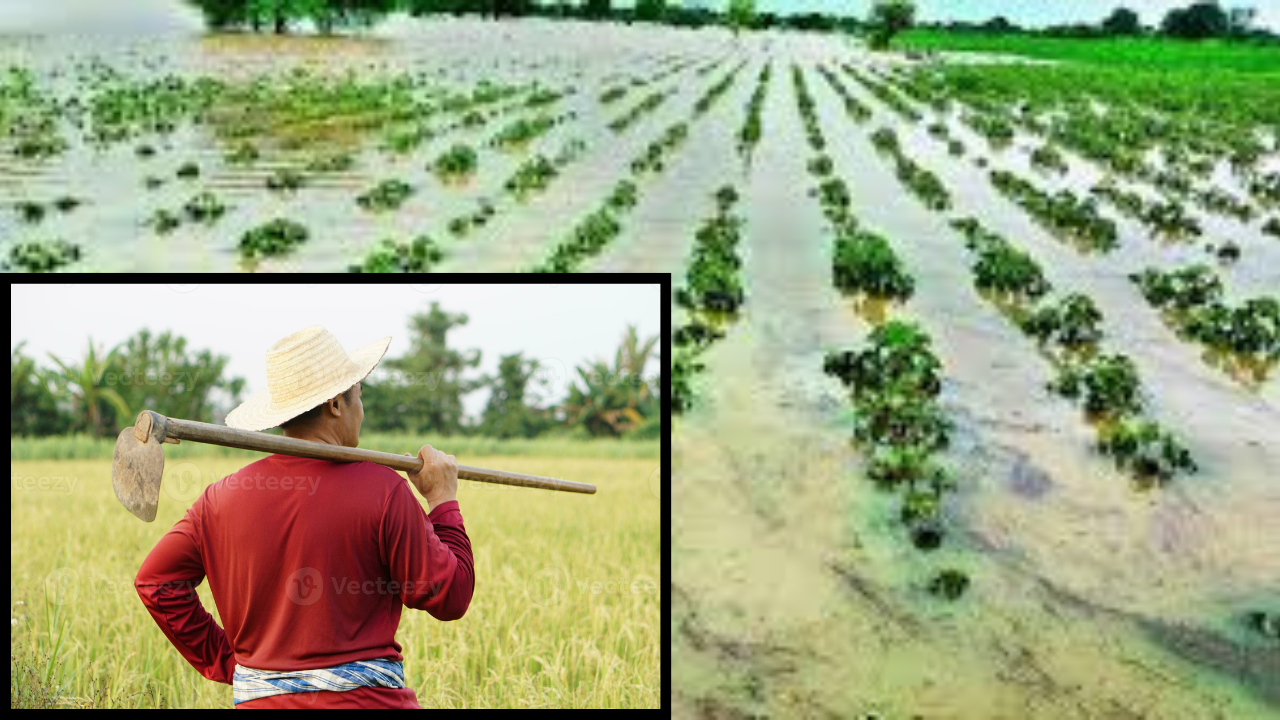Bhopal: A 45-year-old farmer from Sheopur, Madhya Pradesh, allegedly died by suicide after unseasonal rains destroyed his standing paddy crop, plunging his family into debt and despair. The incident has reignited debate over the urgent need for climate-resilient farming and stronger disaster compensation systems in India’s rain-dependent agricultural regions.
Tragedy in Sheopur: Farmer Found Dead After Crop Failure
The deceased, identified as Kailash Meena, had cultivated paddy on approximately nine bighas of land. According to family members, he had been distraught for days after torrential rainfall inundated his fields, destroying months of effort and investment in seeds, fertilisers, and labour.
On Wednesday morning, Kailash left for his field but did not return. A few hours later, villagers found his body near the farm. The body was taken to the district hospital, where doctors confirmed his death. The incident triggered widespread outrage among villagers, who blocked the local road and staged a 12-hour protest demanding compensation and government intervention.
District Officials Promise Compensation and Relief
Sheopur Collector Arpit Verma reached the site late at night and handed over a financial assistance cheque of ₹2 lakh to the family. He also assured further relief measures, including:
- A ₹15 lakh compensation proposal to the state government.
- A government job for the farmer’s daughter.
- Waiver of electricity bills and Kisan Credit Card loans.
Local BJP leader Surendra Jat appealed to farmers to remain calm, assuring that the government would compensate all affected farmers after an official survey of crop losses.
Cyclone Montha Triggers Deluge in Telangana: Roads submerged, schools shut, trains halted
Why Madhya Pradesh Is Seeing Continuous Rainfall?
According to the India Meteorological Department (IMD), the ongoing downpour is being caused by a combination of three active weather systems, a depression over the Arabian Sea, a trough line passing through Madhya Pradesh, and an upper-air cyclonic circulation linked to Cyclone Montha. These overlapping patterns have led to heavy rainfall across 11 districts, including Sheopur and Morena, affecting standing crops such as paddy, soybean, and pulses.
How Farmers Can Protect Crops From Unseasonal Rains?
Experts say unseasonal rains are becoming more frequent due to shifting climate patterns. To safeguard crops, farmers can adopt climate-smart agricultural techniques such as constructing drainage channels, using raised seedbeds, and installing automatic water pumps to prevent flooding. Additionally, crop insurance under schemes like PM Fasal Bima Yojana can cushion financial losses.
The use of resilient crop varieties, plastic mulching, and weather forecast-based planting schedules can also help mitigate damage. Local authorities can aid by improving early warning systems, issuing alerts, and promoting community-level water management to control runoff during storms.
Coping With Dry Weather
Ironically, Madhya Pradesh often faces extreme weather swings, from flooding rains to prolonged dry spells. During drought or delayed monsoon, experts recommend drip irrigation, soil moisture retention through mulching, and the use of low-water-demand crops like millets and pulses. Farmers’ collectives can also build farm ponds and rainwater harvesting structures to conserve water for emergency irrigation.
By diversifying crops and investing in agro-climatic planning, rural communities can reduce their vulnerability to both excessive rainfall and water scarcity.
A Grim Reminder of Rural Distress
As officials begin surveying flood-damaged fields in Sheopur, Kailash Meena’s death stands as a reminder of how unseasonal weather and mounting debt continue to push India’s farmers into crisis. Without stronger safety nets, weather alerts, and climate-resilient infrastructure, such tragedies may continue to repeat across rural India.

